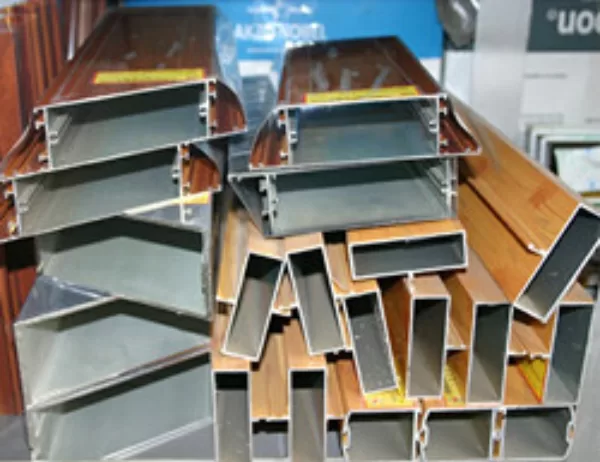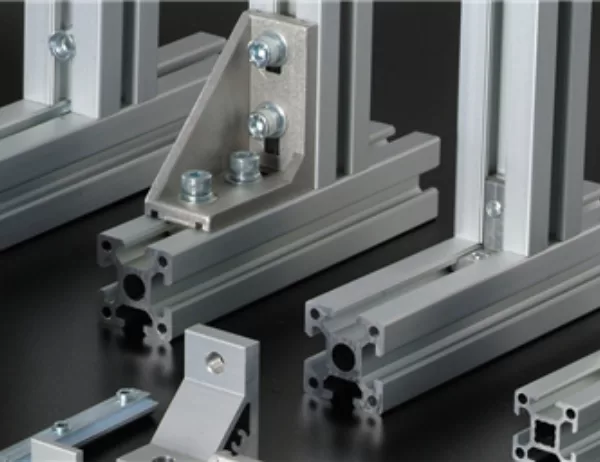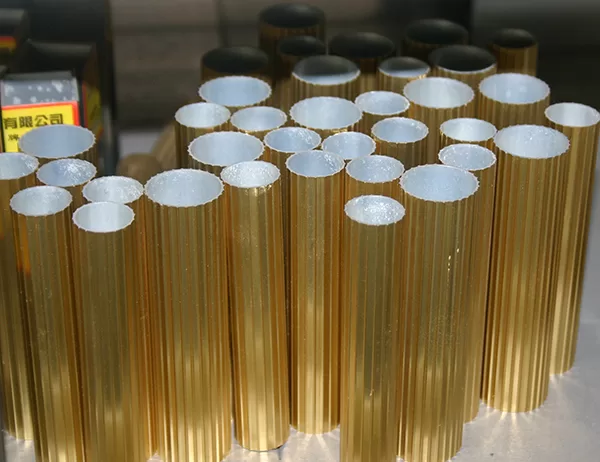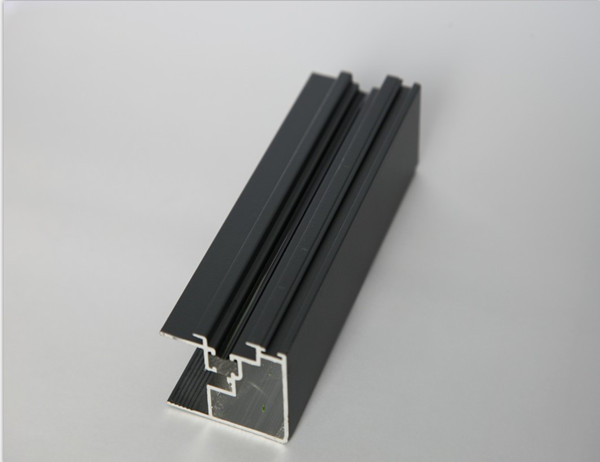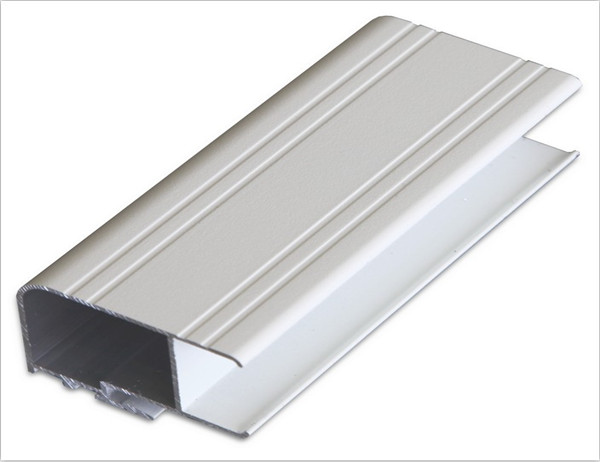In high-temperature environments, effective heat dissipation is crucial to prevent system failures and maintain optimal performance. Aluminum heat sinks play a vital role in managing heat and ensuring the longevity of electronic components. This article delves into the benefits of aluminum heat sinks in high-temperature applications, exploring their superior thermal conductivity, lightweight design, and corrosion resistance.
Aluminum is an excellent conductor of heat, with a thermal conductivity of approximately 237 W/m·K. This high thermal conductivity allows aluminum heat sinks to rapidly absorb heat from electronic components and dissipate it into the surrounding environment. The efficient heat transfer prevents excessive temperature buildup, reducing the risk of component damage and ensuring reliable system operation.
Aluminum is a lightweight material, with a density of only 2.7 g/cm³. This makes aluminum heat sinks significantly lighter than other materials, such as copper, which has a density of 8.96 g/cm³. The lightweight design of aluminum heat sinks facilitates easy handling and installation, especially in space-constrained applications.
Aluminum forms a natural oxide layer on its surface when exposed to air. This oxide layer provides excellent corrosion resistance, protecting the heat sink from harsh environmental conditions. In high-temperature environments, where humidity and corrosive gases are present, the corrosion resistance of aluminum heat sinks ensures their long-term durability and reliability.
Aluminum heat sinks are manufactured using high-strength alloys, such as 6061-T6. These alloys provide excellent strength and durability, enabling the heat sinks to withstand the rigors of high-temperature environments. The robust construction ensures that the heat sinks can handle thermal expansion and contraction without compromising their integrity.
Aluminum is a relatively inexpensive material compared to other metals used in heat sink manufacturing. This cost-effectiveness makes aluminum heat sinks an affordable solution for high-temperature applications. The low material cost, coupled with the lightweight design and corrosion resistance, provides a balance between performance and cost.
Aluminum heat sinks offer numerous benefits in high-temperature environments. Their excellent thermal conductivity ensures efficient heat dissipation, their lightweight design facilitates easy handling, and their corrosion resistance protects them from harsh conditions. The high strength and durability of aluminum heat sinks ensure their long-term reliability, while their cost-effectiveness makes them a practical solution. By utilizing aluminum heat sinks, engineers can effectively manage heat in high-temperature applications and ensure the optimal performance and longevity of electronic systems.
